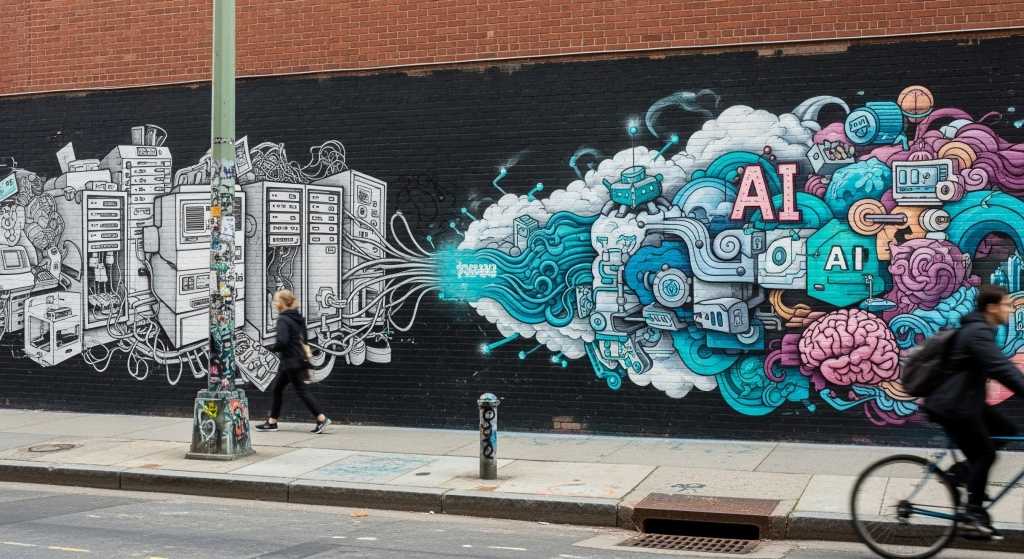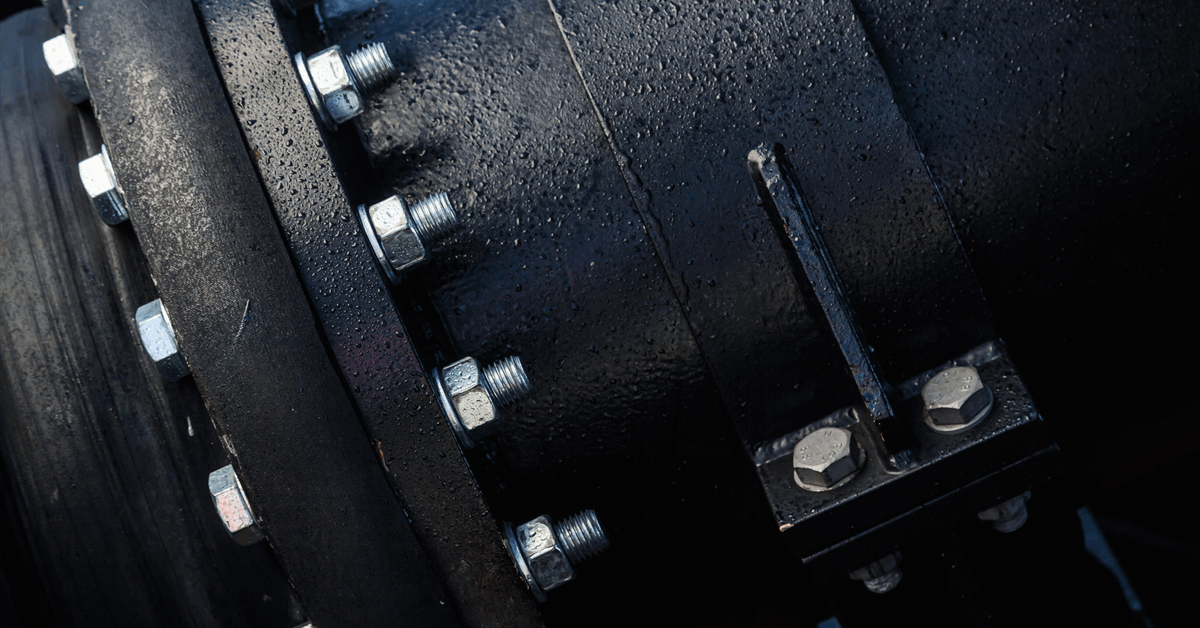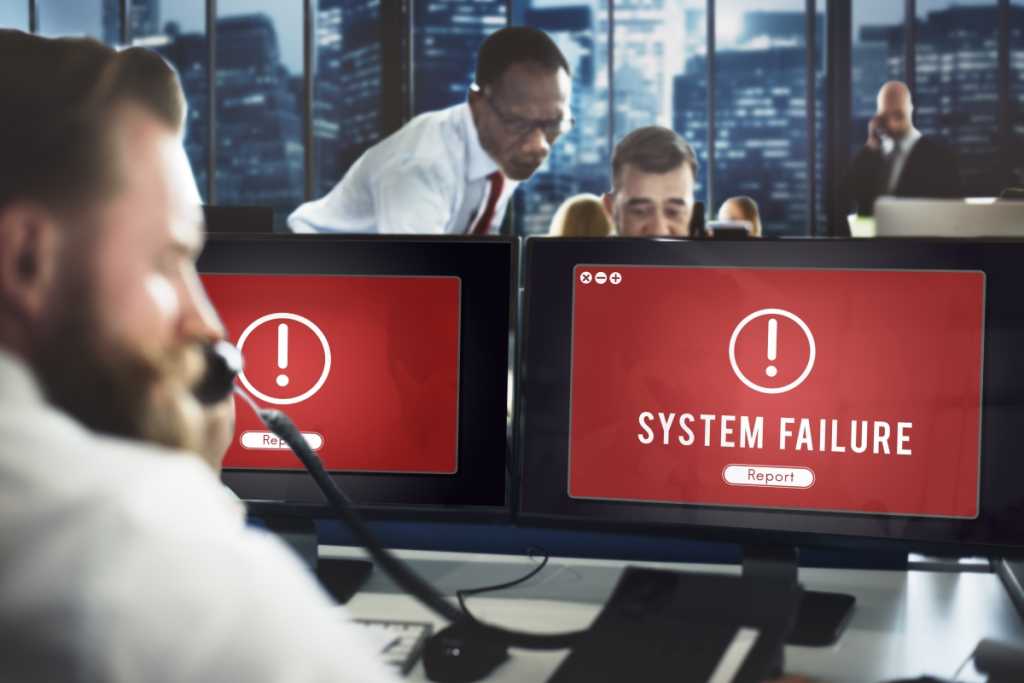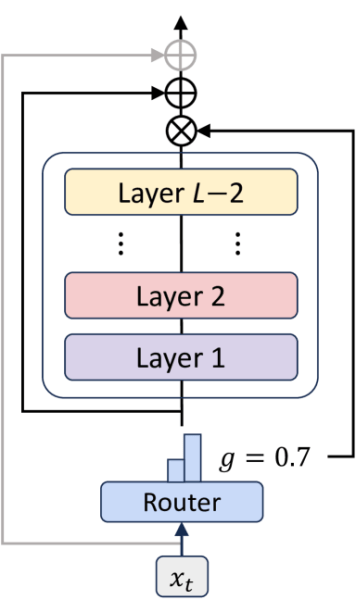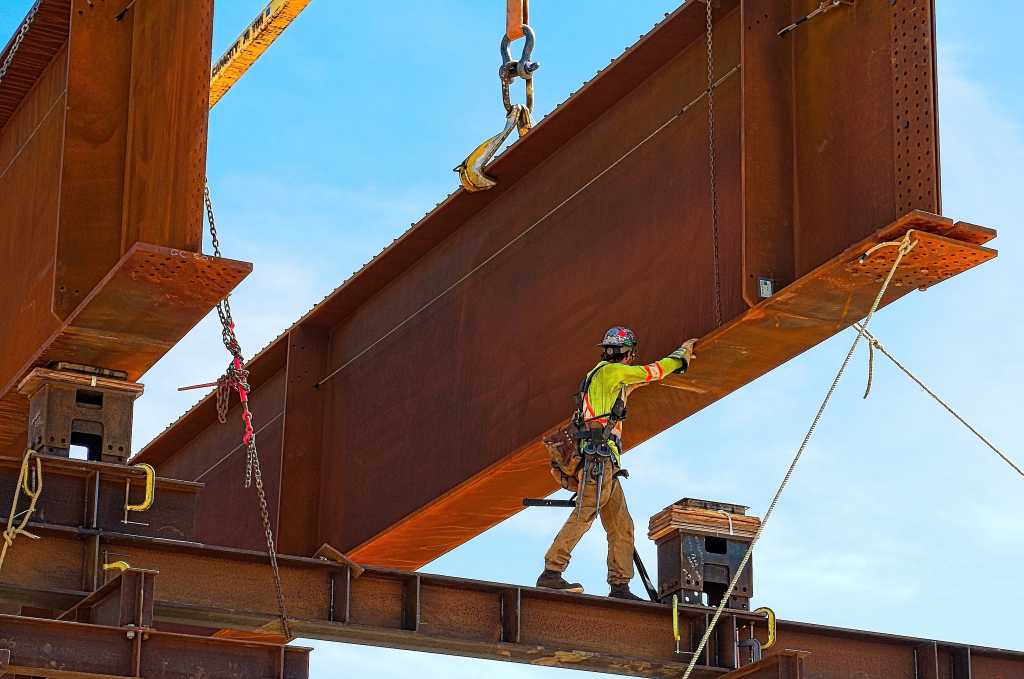
Tariffs aside, Enderle feels that AI technology and ancillary technology around it like battery backup is still in the early stages of development and there will be significant changes coming in the next few years.
GPUs from AMD and Nvidia are the primary processors for AI, and they are derived from video game accelerators. They were never meant for use in AI processing, but they are being fine-tuned for the task. It’s better to wait to get a more mature product than something that is still in a relatively early state.
But Alan Howard, senior analyst for data center infrastructure at Omdia, disagrees and says not to wait. One reason is the rate at which people that are building data centers is all about seizing market opportunity.” You must have a certain amount of capacity to make sure that you can execute on strategies meant to capture more market share.”
The same sentiment exists on the colocation side, where there is a considerable shortage of capacity as demand outstrips supply. “To say, well, let’s wait and see if maybe we’ll be able to build a better, more efficient data center by not building anything for a couple of years. That’s just straight up not going to happen,” said Howard.
“By waiting, you’re going to miss market opportunities. And these companies are all in it to make money. And so, the almighty dollar rules,” he added.
Howard acknowledges that by the time you design and build the data center, it’s obsolete. The question is, does that mean it can’t do anything? “I mean, if you start today on a data center that’s going to be full of [Nvidia] Blackwells, and let’s say you deploy in two years when they’ve already retired Blackwell, and they’re making something completely new. Is that data center full of Blackwells useless? No, you’re just not going to get as much out of it as you would with whatever new generation that they’ve got. But then you wait to build that, then you’ll never catch you never catch up,” he said.


